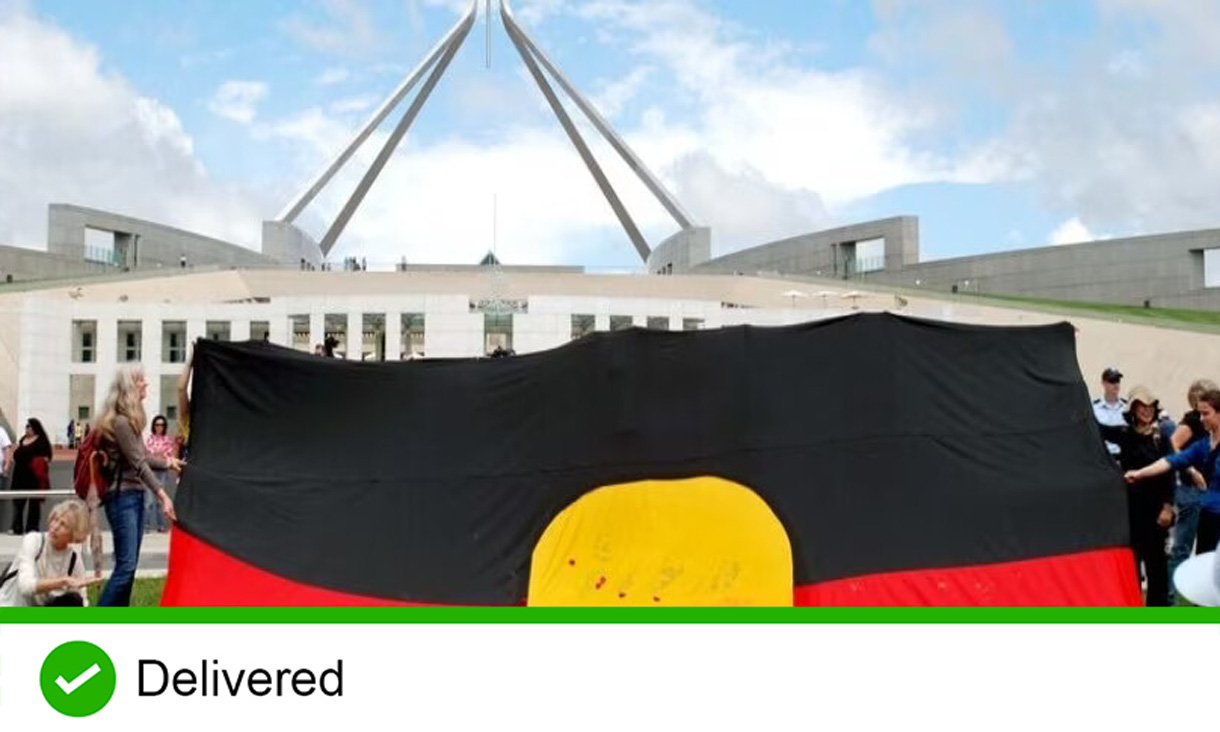As the Clean Energy Regulator explains, the safeguard mechanism requires Australia's largest greenhouse gas emitters to keep their net emissions below an emissions limit, or "baseline", set by the regulator.
Since July 2016, the mechanism has applied to facilities that emit more than 100,000 tonnes of carbon dioxide a year, including direct emissions and emissions from fuel combustion, waste disposal and industrial processes such as cement and steel making.
It extends to businesses across a broad range of industry sectors, including electricity generation, mining, oil and gas extraction, manufacturing, transport, and waste.
The mechanism sets a baseline of emissions for each facility covered. These can be set on either a production-adjusted basis, or an absolute figure.
(Electricity generators are covered by a separate, sectoral baseline).
If a facility exceeds its baseline, it is required either to purchase and surrender Australian Carbon Credit Units, or to apply to the regulator for a baseline variation or a multi-year monitoring period, which allows facilities to manage their emissions over several years.
In October 2021, the Business Council of Australia released its plan to achieve a net zero economy, which contained a recommendation that "[t]he safeguard mechanism emission baselines be reduced predictably and gradually over time to achieve the proposed emission budgets out to 2050 — and that this is done in a way that supports international competitiveness and economic growth".
When Labor released its Powering Australia energy plan in December 2021, it contained a pledge to adopt this recommendation: "For facilities already covered by the government's own safeguard mechanism, Powering Australia will adopt the Business Council of Australia's recommendation that "emission baselines [be] reduced predictably and gradually over time" to "support international competitiveness and economic growth".
Labor's plan also included a pledge to "provide tailored treatment for emissions-intensive, trade-exposed industries. This will be based on the principle of comparative impact — ensuring that exporters remain competitive, and that emissions do not 'leak' overseas".
Subsequently, the then-shadow minister for climate change and energy, Chris Bowen, laid out the scope of the pledge on Facebook.
"There are 215 facilities covered by the safeguard mechanism," he wrote.
"For facilities covered by the safeguard mechanism, Labor will adopt the Business Council of Australia's recommendation that the baseline for each facility be regularly and gradually decreased over time."







